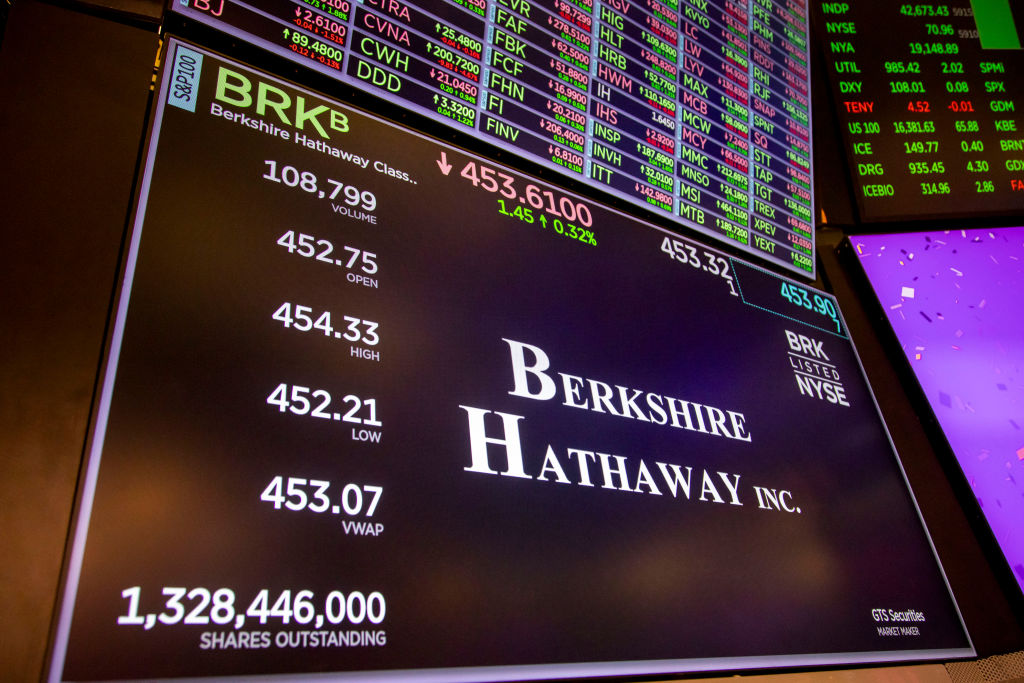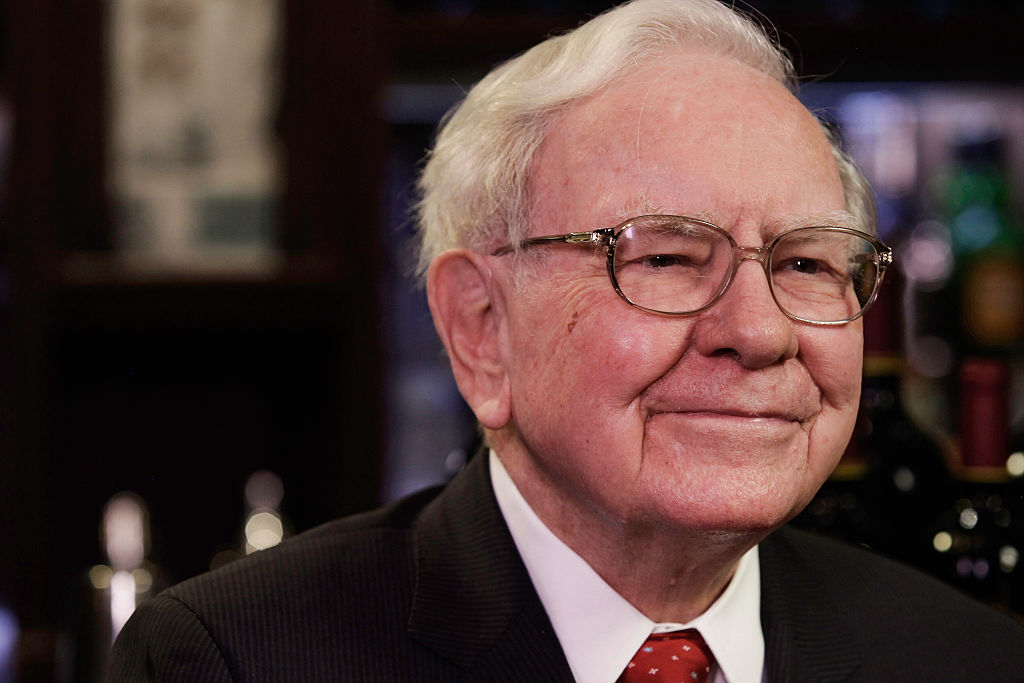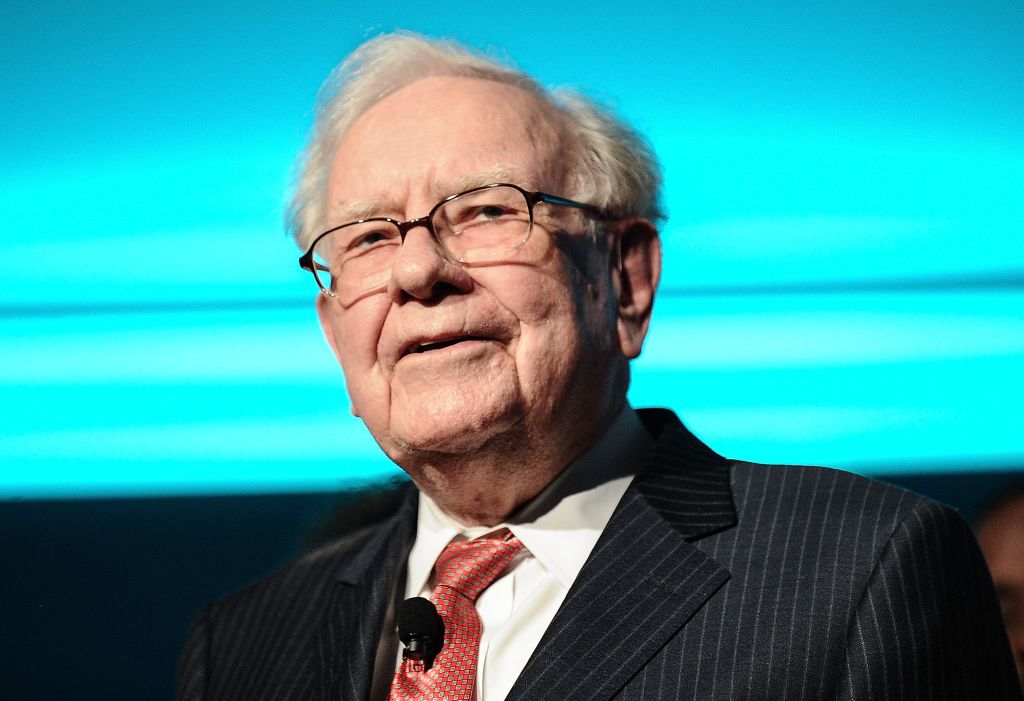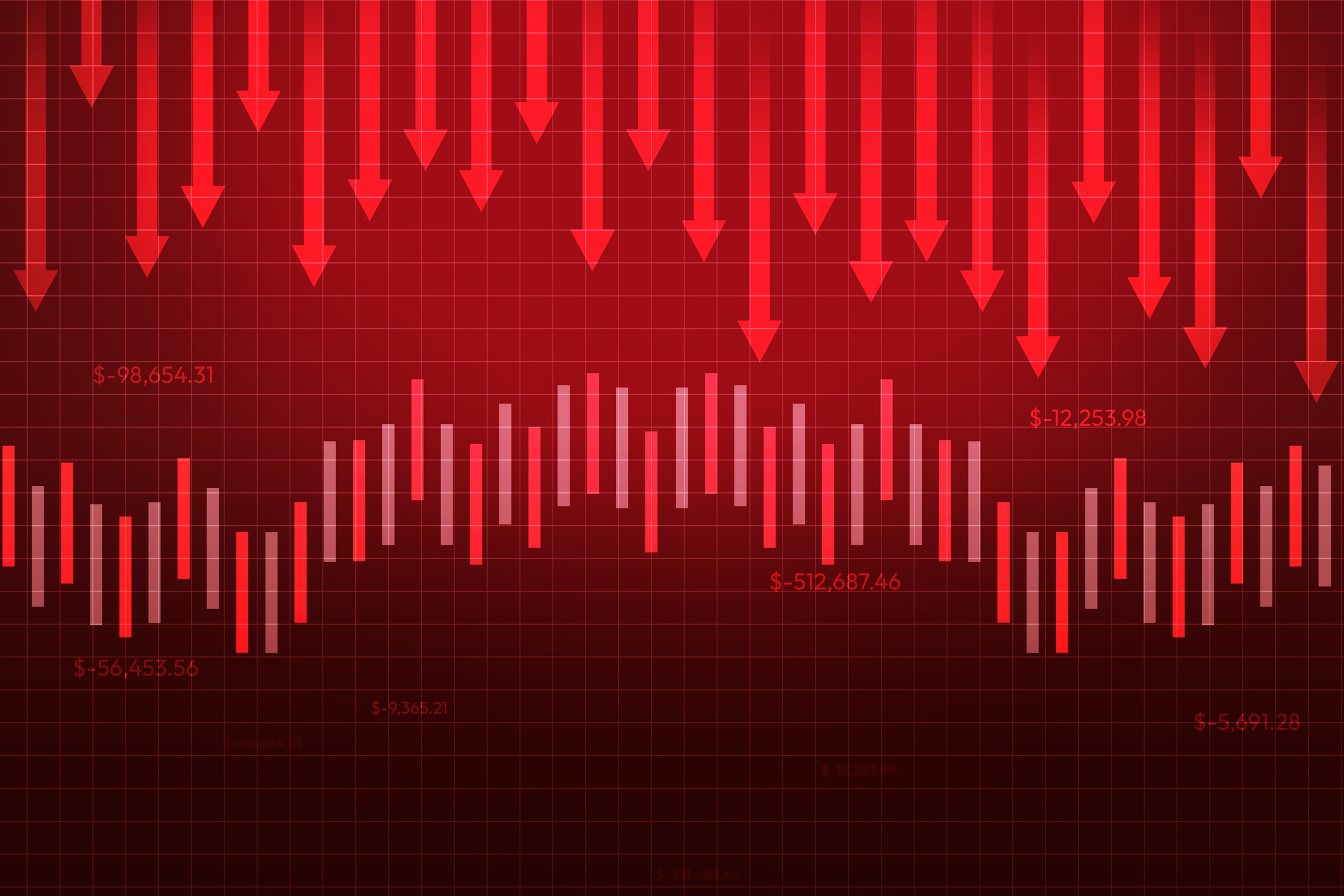Don’t Bet Against Warren Buffett
Not only is the Oracle of Omaha as sharp as ever, his company, Berkshire Hathaway, is trading at a discount

To many investors, Warren Buffett is over the hill. At 83, they say, he has lost more than a few steps. Over the past five years, the Class B shares of Berkshire Hathaway (BRK.B), the sprawling conglomerate he presides over, returned an annualized 14.8%—an average of 3.9 percentage points per year less than Standard & Poor’s 500-stock index. There’s nothing cutting edge about the insurance companies, railroads and utilities Berkshire owns. What’s more, when Buffett leaves Berkshire, who will manage the company?
See Also: Dividends from Berkshire? Not on Buffett's Watch
To all that skepticism, Matthew Coffina, editor of Morningstar Stock Investor, says, essentially, “nuts.” I couldn’t agree with him more.
Sure, Berkshire’s stock will lag in powerful markets, as it has in the current one. But Coffina says Berkshire will handily beat the S&P 500 in flat and down years. Overall, he predicts that Berkshire will return roughly 10% annually over the next ten years, and that should easily outpace the S&P 500.

Sign up for Kiplinger’s Free E-Newsletters
Profit and prosper with the best of expert advice on investing, taxes, retirement, personal finance and more - straight to your e-mail.
Profit and prosper with the best of expert advice - straight to your e-mail.
Coffina has made Berkshire the largest position—10.9%—in his newsletter’s model “tortoise” portfolio. (The newsletter also has a “hare” portfolio, which consists of slightly more-volatile stocks.) At its current price of $122, Berkshire shares are $21 below Morningstar’s $143-per-share estimate of Berkshire’s fair value. With so few stocks selling below what Morningstar analysts consider to be fair value, Berkshire looks like a steal. (Unless otherwise noted, prices and returns are as of April 11.)
Berkshire’s long-term record is astounding. Berkshire high-priced Class A shares have returned an annualized 20.7% since Buffett took over the company in 1965. That’s more than double the return of the S&P 500. Ancient history? Since October 9, 2007, just as the catastrophic 2007-09 bear market was getting under way, Berkshire has returned an annualized 6.3%, an average of 1.7 percentage points better than the S&P index. (Berkshire’s Class B shares came into existence in 1996.)
But Buffett doesn’t focus on share price as much as he does on book value (assets minus liabilities), his preferred method of figuring his company’s performance. From 1965 through the end of 2013, Berkshire’s book value has compounded at an average annual rate of 19.7%. That said, Buffett believes that book value underestimates the “intrinsic,” or true, value of his company by a “meaningful amount.” He has said that Berkshire, which is awash in cash, will buy back shares when they fall to 120% of book value, or about $108.
Buffett’s buyback plans, Coffina says, “put a psychological floor under the stock, not that far below where we are currently.”
Perhaps the biggest question on the minds of Berkshire shareholders is who will replace Buffett and Vice Chairman Charlie Munger, who are both in their 80s, when they leave the scene. Buffett has hired two talented stock pickers, Ted Weschler and Todd Combs, to manage Berkshire’s massive stock portfolio; each already manages $7 billion worth of Berkshire assets. The bigger issue will be who runs the rest of the company. Buffett and the Berkshire board say they have a plan in place and have identified potential successors, but haven’t disclosed any names yet.
No doubt Berkshire’s price will plunge when Buffett announces his retirement or dies. But Coffina says Buffett is “taking the right steps to ensure that Berkshire’s culture endures.” He adds: “Berkshire has assembled a unique collection of businesses with solid management, sustainable competitive advantages and the ability to compound intrinsic value for years to come.”
Buffett likes to say that he stays within his “circle of competence” when buying stocks or entire companies. That has led him to avoid technology altogether. The empire he has built contains an enormous number of companies in a variety of businesses.
Berkshire’s “crown jewels,” says Coffina, are in its insurance businesses: Geico and reinsurers General Re and Berkshire Hathaway Reinsurance. Berkshire’s financial strength gives it the capital to underwrite risks that most firms can’t—or won’t—touch. Coffina says Berkshire’s underwriting discipline and investing discipline distinguish it from competitors.
The insurance businesses allow Buffett to invest money during the often lengthy period after premiums are received but before claims must be paid out to policyholders. This “float” now stands at $77 billion.
Outside of insurance, Berkshire owns the Burlington Northern Santa Fe railroad and utility MidAmerican Energy, in addition to a hodgepodge of other businesses. Among the more recognizable names: Fruit of the Loom, Benjamin Moore paints, Shaw carpets, Dairy Queen and Clayton Homes.
To get a sense of just how sprawling Berkshire is, the 30-plus newspapers it owns represent no more than a rounding error in the company’s $222 billion book value.
Coffina puts it well: “Berkshire’s existing businesses can stand on their own. Although I think management will continue to add value for shareholders through new acquisitions and investments, this isn’t necessary for Berkshire to be a worthwhile holding.”
Plus, of course, Berkshire has major stock holdings in such companies as American Express (AXP), Coca-Cola (KO), International Business Machines (IBM) and Wells Fargo (WFC).
My bottom line: Buffett is to investing as Albert Einstein was to physics. Buffett may well be past his prime, but Einstein was a pretty smart old man, too.
Steve Goldberg is an investment adviser in the Washington, D.C., area.
Get Kiplinger Today newsletter — free
Profit and prosper with the best of Kiplinger's advice on investing, taxes, retirement, personal finance and much more. Delivered daily. Enter your email in the box and click Sign Me Up.

-
 Stock Market Today: Stocks Soar on China Trade Talk Hopes
Stock Market Today: Stocks Soar on China Trade Talk HopesTreasury Secretary Bessent said current U.S.-China trade relations are unsustainable and signaled hopes for negotiations.
By Karee Venema
-
 2026 Disney Dining Plan Returns: Free Dining for Kids & Resort Benefits
2026 Disney Dining Plan Returns: Free Dining for Kids & Resort BenefitsPlan your 2026 Walt Disney World vacation now. Learn about the returning Disney Dining Plan, how kids aged three to nine eat free, and the exclusive benefits of staying at a Disney Resort hotel.
By Carla Ayers
-
 How to Invest in Sports
How to Invest in SportsIf it's springtime, Forbes is out with its annual list of baseball franchise values. The billions involved might make you wonder how to invest in sports.
By David Dittman
-
 Nvidia Stock's Been Growing for Years. Just Look At Its 100,000% Return
Nvidia Stock's Been Growing for Years. Just Look At Its 100,000% ReturnNvidia shareholders have had to stomach intense volatility over the years, but they have come out on top thanks to the AI chipmaker's bellwether status.
By Louis Navellier
-
 It's No Surprise That Berkshire Hathaway's in the 100,000% Return Club
It's No Surprise That Berkshire Hathaway's in the 100,000% Return ClubWarren Buffett's fascination with the insurance industry has helped Berkshire Hathaway's stock return snowball.
By Louis Navellier
-
 5 of Warren Buffett's Best Investments
5 of Warren Buffett's Best InvestmentsWarren Buffett has had plenty of wins throughout his decades of investing. Here, we highlight five of Buffett's best investments.
By Kyle Woodley
-
 How to Invest in the Nuclear Revolution
How to Invest in the Nuclear RevolutionAccording to Energy Secretary Chris Wright, "The long-awaited American nuclear renaissance must launch during President Trump's administration."
By David Dittman
-
 7 of Warren Buffett's Biggest Misses
7 of Warren Buffett's Biggest MissesWarren Buffett's investing wins are highly regarded across Wall Street, but no one can bat a thousand. Here are some of Buffett's biggest misses.
By Kyle Woodley
-
 Stock Market Today: Dow Sinks 333 Points as Mega Caps Slide
Stock Market Today: Dow Sinks 333 Points as Mega Caps SlideThe main indexes sold off at the open and stayed lower through the close, putting the Santa Claus rally at risk.
By Karee Venema
-
 Stock Market Today: Stocks Drop as Post-Election Party Ends
Stock Market Today: Stocks Drop as Post-Election Party EndsIt was a red finish on Wall Street Friday with tech stocks selling off ahead of Nvidia's upcoming earnings event.
By Karee Venema